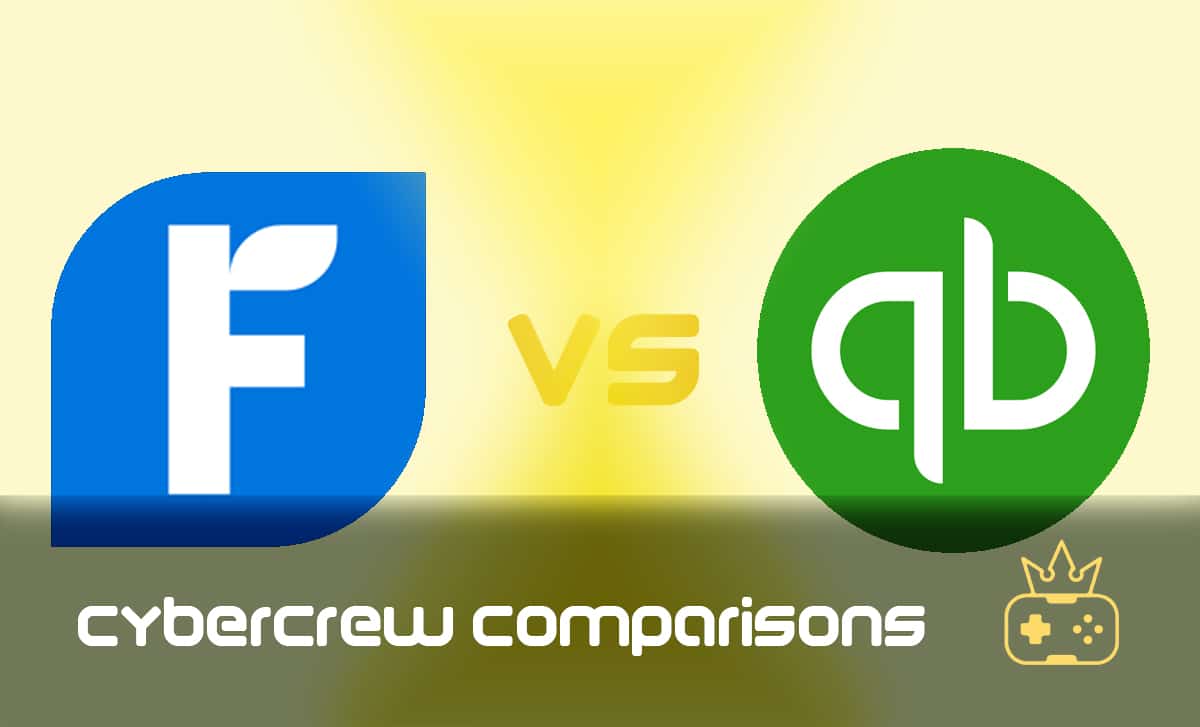TV Statistics UK Edition [2024]
Last Updated: February 9, 2024
As every digital marketer will tell you—traditional media is not dead, but it seems to be close to extinction. Traditional media such as television has been one of the primary sources of entertainment and advertising for decades, and people from nearly 26.8 million households own a TV in the UK. Still, if you want to know which age group watches the most TV in the UK, it’s worth noting that seniors over the age of 65 spend the most time in front of the TV screen.
TV statistics UK reveal a drastic decline in TV viewing trends in the last few years and whether we can expect different outcomes in the future.
Top 10 TV Statistics UK: Editor’s Choice
- The television industry in the United Kingdom made roughly 16.27 billion pounds in 2020.
- In 2020, the average daily viewing time in the UK was 192 minutes.
- In the UK, 8.48 million TV households paid for a Sky TV package in 2019, and almost 4 million for cable.
- TV watching statistics by age show that the amount of time spent watching broadcast television grows with age.
- In 2020, there were 1.35 million UK households without television.
- In the first quarter of 2021, the BBC News channel was one of the most popular TV Channels in the UK.
- In 2020, TV subscription revenue in the UK amounted to around £6.22 billion.
- In 2020, Online TV revenue exceeded approximately 3.8 billion pounds in the UK.
- In the summer of 2020, 15 million UK households had at least one Netflix account.
- Average UK household spends around £444 per year on television services.
General TV Statistics UK
The television industry in the United Kingdom made £16.27 billion in 2020
While there was a slight increase in the TV industry revenue between 2018 and 2019, the said revenue fell again the following year. Namely, the TV industry made £16.27 billion in 2020, a slight decrease from £16.36 billion in 2019.
In 2020, the average daily viewing time in the UK was 192 minutes, according to television viewership statistics
In 2020, the average daily viewing time in the UK was 192 minutes. We all know that television was one of the only accessible sources of entertainment back in the day. While TV remains a powerhouse of the media, the percentage of people who watch TV in the UK is decreasing.
Television statistics show the fact that 8.48 million TV households paid for a Sky TV package in the fourth quarter of 2019, and only 3.96 million for cable
If you’re wondering what percentage of UK households have a TV, you might be surprised. In 2019, nearly 27 million UK households (almost 95%) had at least one TV in their homes. In the same year, 17.46 million UK households enjoyed the benefits of digital terrestrial television, which is 3.69 million more than the year before.
TV watching statistics by age show that the amount of time spent watching broadcast television grows with age
On average, the amount of time spent watching broadcast television grows with age, with those aged 75 and up spending the most time doing so on a daily basis.
Survey researchers wanted to know how many people in the UK have no TV, and the answer shows that there were 1.35 million UK households without television in 2020
If you’re wondering what percentage of UK homes have a TV in 2020, it’s safe to say that due to COVID-19, the number of UK households with at least one TV set reached 95%. At the end of 2019, there were 1.59 million households in the UK without a TV set.
The number of households paying for multichannel television service rose to 27.2 million by the end of 2019
In January that same year, 18.14 million households invested in digital terrestrial television, 4.26 million homes in cable (both analogue and digital) and 10.23 million paid for the satellite television service.
TV market UK
When asked what the most popular TV channels in the UK are, 65% of all respondents claimed that they enjoy watching the BBC News Channel in the first quarter of 2021
As expected, UK citizens spent most of their time watching Channel 4 (77%) and Netflix (73%) during the first quarter of 2021. According to television watching statistics, 62% of the people who participated in the survey said they have a favourable opinion of the BBC 2 television network.
In 2020, TV subscription revenue in the UK amounted to around £6.22 billion
Subscriptions remained by far the most important source of revenue for the UK television sector.
By the end of 2019, 14.46 million UK households had access to Terrestrial television
Only 8.48 million households subscribed to Sky in the same year. During this period, 3.89 million households paid for cable TV, and 1.86 million subscribed to YouView.
UK television ratings show that in 2019, BBC One, ITV, and Channel 4 were the most successful TV broadcasters in the UK
31% of the audience share made BBC the leading broadcaster in the UK. After BBC, the most successful TV channels in 2019 were ITV and Channel 4, and they held an audience share of 23,4% and 10%.
As of 2020, the BBC, ITV, and Channel 4 were the top three TV broadcasters in the UK
So, what is the most-watched TV channel in the UK? The answer is BBC, which held an audience share of about 32%. ITV earned a 21.6% audience share, while Channel 4 had a 10.2% audience share.
What’s on TV?
Although every TV channel in the UK has something to offer, data shows that Britons tend to stay true to BBC 1 (almost 55 million views in 2019)
In 2019, Channel 4 was the second favourite with 51.1 million loyal fans. Next on the list of the most popular channels in the UK was BBC 2, and Channel 5 needs 2 million annual views to beat the previously mentioned competition. British audience is loyal to ITV and ITV 2, while the less favourable channels are 4seven, Sky 1 and Pick with less than 22 million annual views.
TV show statistics can tell us that in 2020, Blue Planet II earned a 70% popularity rating, making it one of the most favourable contemporary TV shows in the UK
Although we have access to various contemporary TV shows in the UK, only a few can be considered favourites. In 2020, the second favourite was BBC News with a 65% popularity rating. Statista shows that Planet Earth II is third on the list (63%), followed by The Chase (61%).
David Attenborough’s Natural Curiosities had a 60% popularity rating in 2020
Sir David Attenborough is the narrator of this British nature documentary series, and Britons certainly enjoy hearing about the exciting secrets hidden in the depths of the world’s oceans. In the same year, both BBC News at Ten and Blue Peter had a popularity rating of 58%.
Online TV UK
At the end of March 2019, 42% of all Online TV Program Streaming in the UK survey participants streamed television programs or shows online three months before the survey
That is 11% more than 2018, which means that it’s possible to expect an increase in the popularity of streaming services in the future. In March 2018, 39% of all respondents mentioned they watched TV programs or shows at least once in their lifetime.
In 2020, Online TV revenue exceeded £3.8 billion
In 2018, Online TV revenue amounted to 2.6 billion pounds. If we compare Online TV revenue in 2018 and 2019, it’s safe to say that Online TV managed to achieve massive revenue growth (£500 million).
In the third quarter of 2020, over 15 million UK households paid for Netflix subscriptions
If you often struggle to find an exciting movie or a TV show to watch, know that Netflix always has your back. As the most popular video streaming service in the UK, people of all ages can find something entertaining on Netflix with its ever-growing content. Among the top services are Amazon Prime and BBC iPlayer. Both Netflix and Amazon Prime expect to demonstrate growth in the following years.
The viewing time for BBC iPlayer in-demand was 459.73 million minutes from March 1st until 7th in 2021
The second best TV viewing time belongs to Sky Go’s live streaming service, with 303.96 million minutes consumed that week. All 4 video-on-demand services allowed the visitors to enjoy 224.87 million minutes worth of engaging content. The viewing time for BBC iPlayer was 143.62 million minutes.
53% of all households in the UK are subscribed to at least one online streaming service
Netflix was the most popular streaming service in the UK in Q1 2020, with over 13 million subscriptions, while Amazon Prime had 7.9 million.
Between us, Netflix binge-watching statistics show that drama was the genre with the highest percentage of viewing hours (61%)
Not many would argue that binge-watching is suitable for young adults, but there’s nothing wrong with finding a new hobby and exploring the cinematic universe from the comfort of your home. If we exclude streaming services, binge-watching statistics show that Britons spent 22 hours and 36 minutes watching TV in the first week of 2020.
The Standard Netflix fee (£10.99) offers HD and streaming on two computers or mobile phones, but you’ll get to enjoy more benefits if you subscribe to Netflix Premium (£15.99)
Amazon Prime is a less expensive option compared to Netflix, and you can use the services they offer for £7.99 a month or pay for the annual membership fee, which would cost you £79.
Consumption and User Behaviour
Television statistics 2020 show that the average UK household spends around £444 per year on television services
In 2018, an average household in the UK spent £37.14 on television services per month. Compared with the numbers from research conducted a few years before, it’s evident that people want to invest more money in entertainment.
Paying for streaming services is the easiest way to access TV programs of your choice, and 42% of Statista’s survey participants in 2020 declared that they prefer streaming services over cable and satellite broadcasting
Although traditional broadcasters show the best British TV series, the audience gravitates towards streaming. Many homes use more than one service, and some British consumers use both streaming and public broadcasting services.
Television viewing statistics can tell us that traditional TV viewing will face new challenges in the future since most of us have fallen down the online rabbit hole and can’t find comfort in watching cable TV.
In 2019, only 22% of all TV Program Downloading in the UK survey participants reported downloading TV programs at least once in the time frame of three months before the survey began
Only 8% of internet users in the UK downloaded digital content from January 2018 until March 2018. However, 14% of internet users in the UK reported downloading TV programs, but not specifically in the time frame of three months before the survey began.
In 2020, only 34% of all TV News Channels: Frequency of Consumption in the UK survey participants declared they watch BBC One a few times a day
Sky News Channel is among favourites as well. In the same year, 33% of people who contributed to TV News Channels: Frequency of Consumption in the UK statistics said they watched the news on Sky News Channel daily.
Adults (age 25-70) invest between one and five hours in daily TV consumption
Now that you know the basics of TV program consumption behaviour, you probably want to learn how many people watch television daily. Children (age 4-15) spend less than an hour per day watching broadcast TV. On the other hand, seniors (age 75+) dedicate approximately 350 minutes to watching TV. TV statistics UK explain that teenagers and young adults (age 16-24) spend only one hour on average in front of the TV screen.
The average amount of TV watched per week in the second week of 2020 was 22 hours and 36 minutes
With streaming services becoming more popular, people don’t feel the need to watch traditional TV as much as they used to. In the third quarter of 2020, Statista found that 79% of all participants watch traditional TV at least once a week. UK TV watching trends show that the number of people who prefer to watch traditional TV is slowly declining, and the chances of potential growth are close to zero.
It seems that people dedicated most of their time to entertainment content (15.8% of viewing) in 2020
In 2020, documentaries were one of the most popular types of content among the British audience, and they accounted for 12.41% of viewing. In the same year, national or/and international news were the next favourite, since they accounted for almost 8% of viewing.
Advertisements
856 billion commercial impacts made on adults in 2019 show us that it’s getting harder to reach the target audience using conventional marketing strategies
Every marketer knows that advertising your products on traditional media channels can help you attract your target audience and increase your customer base. Compared to 2018, when 906 billion commercial impacts were made on adults, 2019 was a miserable year for advertisers.
TV advertising statistics UK reveal that television advertising experienced yet another drop in revenue growth in 2019
At the end of 2019, TV advertising revenue was worth £4.9 billion. Unfortunately, 2020 wasn’t any better for advertisers because the TV advertising industry’s revenue (including video on demand) dropped to £4.35 billion.
In 2021, £5.46 billion was spent on television advertising in the UK, a 24% increase over the previous year
The total comprises all investments in all forms of TV advertising, both linear and on-demand. The figures for 2021 went up 11% from the pre-pandemic 2019, setting up a new high in TV advertising investment.
In 2020, Sky was the most-viewed TV advertiser in the UK
Its TV commercials had a total of 27.2 billion advertising impacts. With 24.9 million impacts, Unilever came in second.
Conclusion
Almost everyone in the UK has access to television, but the TV Statistics UK have shown us that Britons prefer streaming services over traditional media channels.
We’ve all been guilty of binge-watching our favourite TV shows, and the most prominent content platforms are working hard to deliver new content. With that in mind, the UK television industry will have to find new ways to increase the rate of traditional media consumption and give their audience a reason to snuggle up in front of the TV.

![How to Sell on Depop in the UK [2024 Guide]](https://cybercrew.uk/wp-content/uploads/2023/06/Selling-on-Depop-UK.png)








